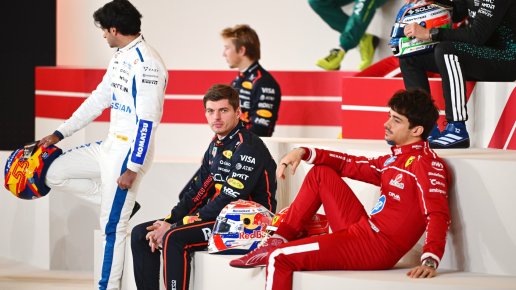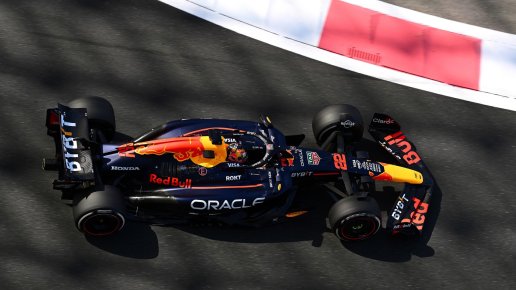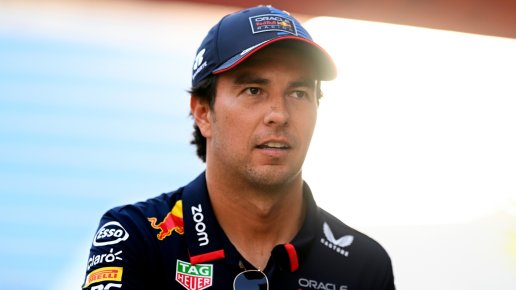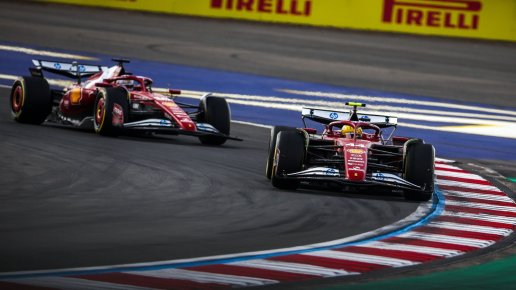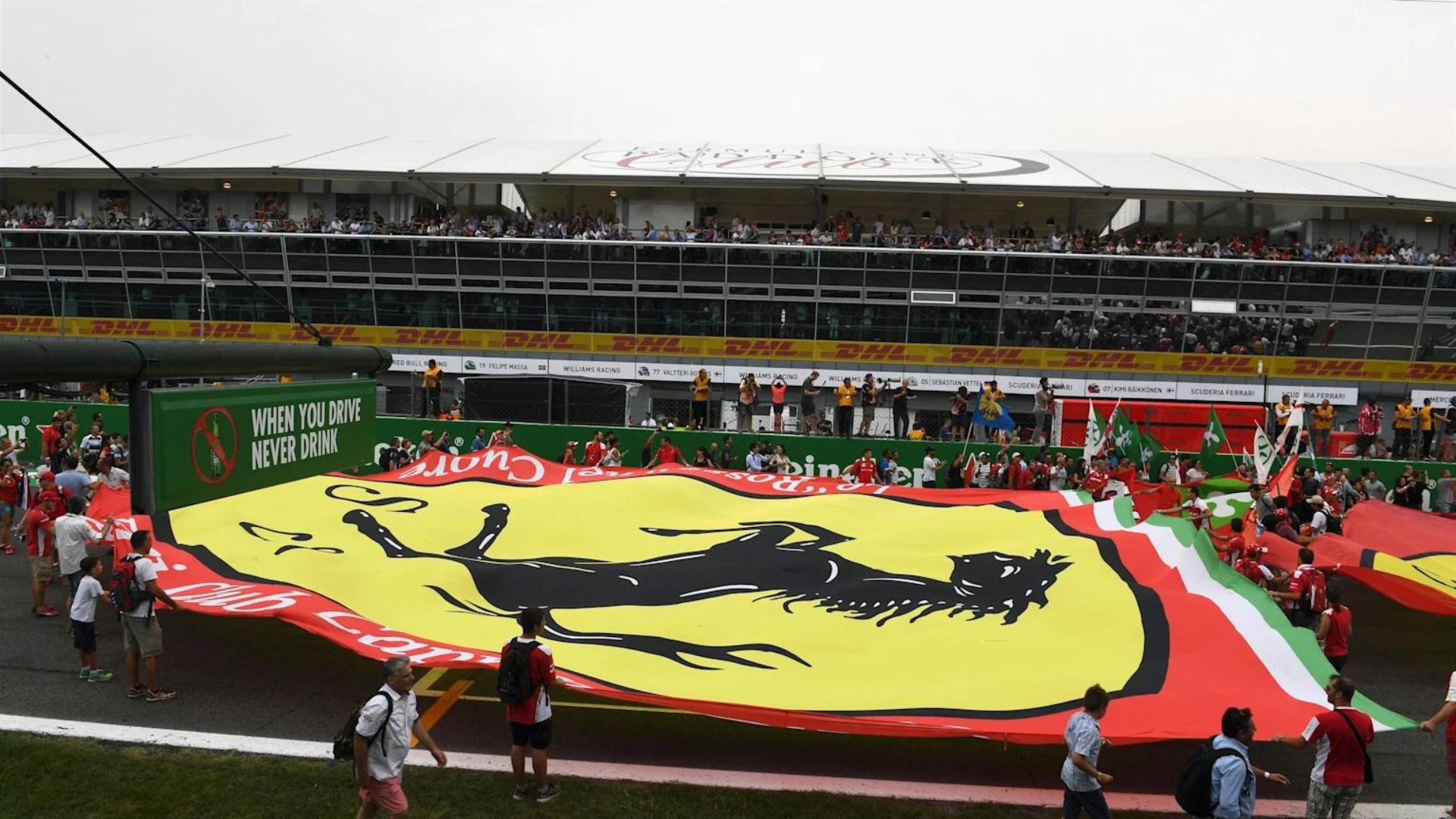
All you need to know about the history of Monza circuit
Tereza Hořínková
News.gp journalist and a girl with big dreamsStraights with incomparable speed, surface full of history, home of Tifosi madness and one of the most unique tracks on the Formula 1 calendar - all of that and even more is the Monza circuit, a place like no other.
F1 & MotoGP news to your inbox every day.
The Monza Circuit, officially known as the Autodromo Nazionale Monza, is one of the most iconic and historic tracks in the world of motorsport. Opened in 1922, Monza was built to commemorate the 25th anniversary of the Milan Automobile Club and quickly became a symbol of Italian automotive passion. Monza is the third purpose-built racetrack in the world after Brooklands in England and Indianapolis in the United States, making it one of the oldest and most revered circuits in existence.
Birth of the legendary track
Monza was built in just 110 days in 1922, originally as a combination of a road circuit and a high-speed oval, the latter featuring steeply banked curves that became legendary in racing folklore. This design was inspired by a desire to create a track that could host both Grand Prix racing and endurance events. The original layout was 10 kilometers (6.2 miles) long, combining a 5.5 km road circuit with a 4.5 km oval.
Early dark years
In the circuit's early years, Italy was at the forefront of motorsport, boasting world-leading cars and facilities. However, this sense of triumph was tragically disrupted during the 1928 Grand Prix when Emilio Materassi unexpectedly lost control of his car and drove into the crowd, killing him and 22 spectators. This devastating incident highlighted the need for changes, leading to improved spectator safety and a new track configuration by 1930, known as the Florio course. Despite these adjustments, tragedy struck again in 1931 when Philippe Etancelin crashed at Lesmo, killing three people and injuring 14 others.
The darkest day came on October 10, 1933, known as 'Black Sunday.' During the race, Giuseppe Campari and Baconin Borzacchini lost their lives after sliding off the track on oil at the south curve, followed later by Count Stanisław Czaykowski, who died when his Bugatti overturned and caught fire. These tragedies resulted in the abandonment of the combined and speed courses, with the circuit shifting focus to variations of the Florio and road courses. After the final Grand Prix on the original road course in 1938, the Monza authorities embarked on more significant alterations.
Finding balance between speed and safety
Monza has always been known as a circuit that rewards raw speed, with long straights and sweeping corners that allow cars to reach blistering speeds. It is often referred to as the "Temple of Speed," a nickname that reflects its status as one of the fastest tracks in Formula 1. The layout has been modified multiple times in 1970s and 1990s, to slow down the cars, with the introduction of chicanes and other changes aimed at improving safety after several fatal accidents.
Since 2000, the circuit has remained almost completely unchanged, conducting only some minor renovatios and modernization.
Monza and Formula 1
Monza has been a mainstay on the Formula 1 calendar since the inception of the World Championship in 1950, missing only one year (1980) when the Italian Grand Prix was held at Imola. Over the decades, the circuit has hosted some of F1’s most memorable races, from epic duels and unexpected upsets to emotional victories that have left an indelible mark on the sport's history.
The Italian Grand Prix at Monza is always a highlight of the F1 season, drawing passionate crowds of "Tifosi," the fervent supporters of Ferrari, who regard Monza as their spiritual home. The roar of the crowd, combined with the speed of the cars, creates an atmosphere unlike any other in motorsport.
Speculation about potential F1 calendar changes threatening Monza's place has persisted for years. Yet, in 2022, the historic circuit secured its spot by signing a new contract, guaranteeing the Italian Grand Prix at this iconic track until 2025. Next year the circuit will face another decision about its future in Formula 1 but the fans are ready to protect their beloved race track with everything they have.
Monza is way more than just a race track. It is one of Italy's biggest boasts and a symbol of their deep connection to motorsport. Its history goes hand in hand with the evolution of car racing, and it remains a beloved venue for drivers and fans alike.
Last tickets for 2024 left and for 2025 available very soon! To keep yourself updated follow the link. ↓
